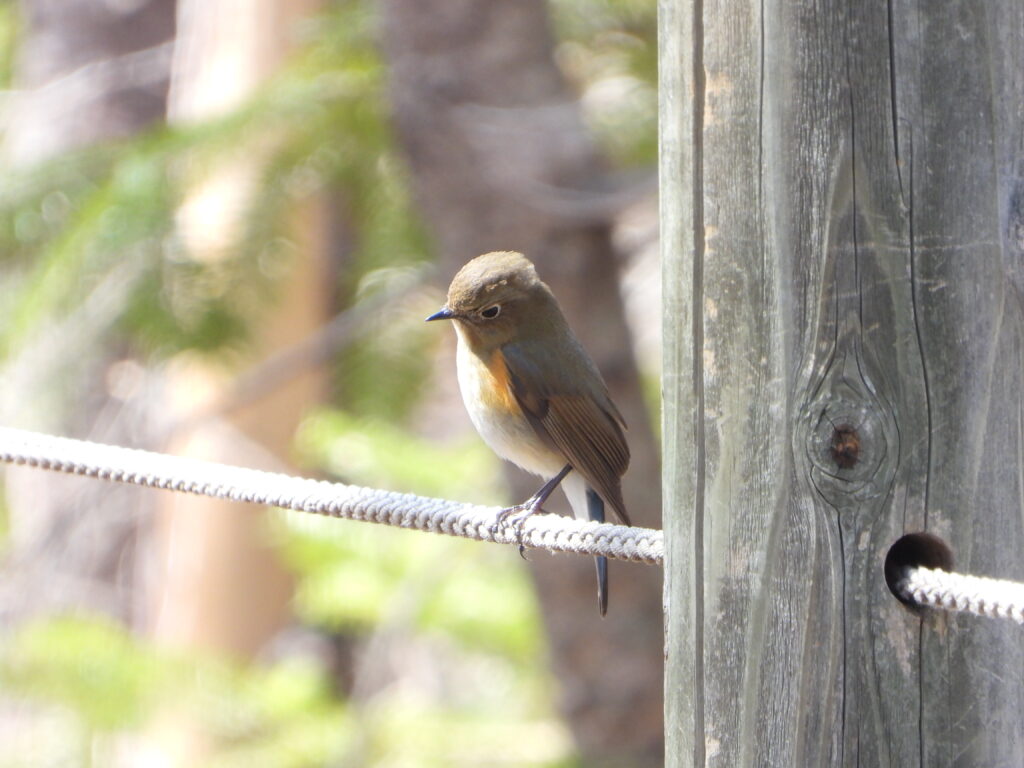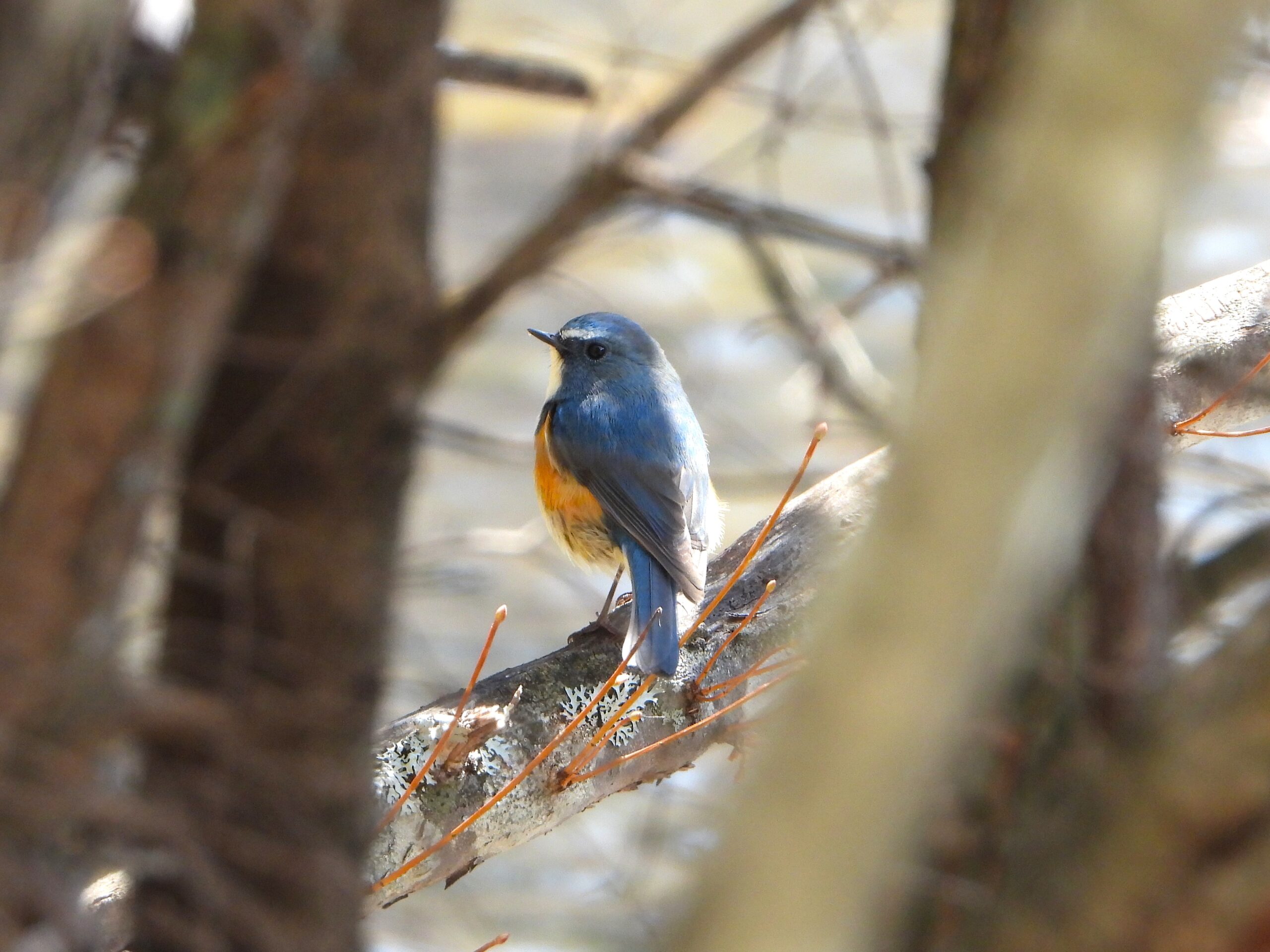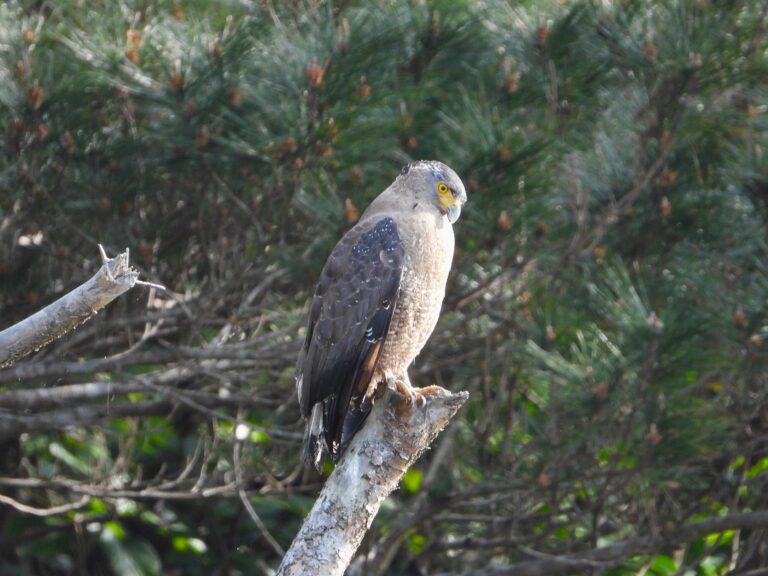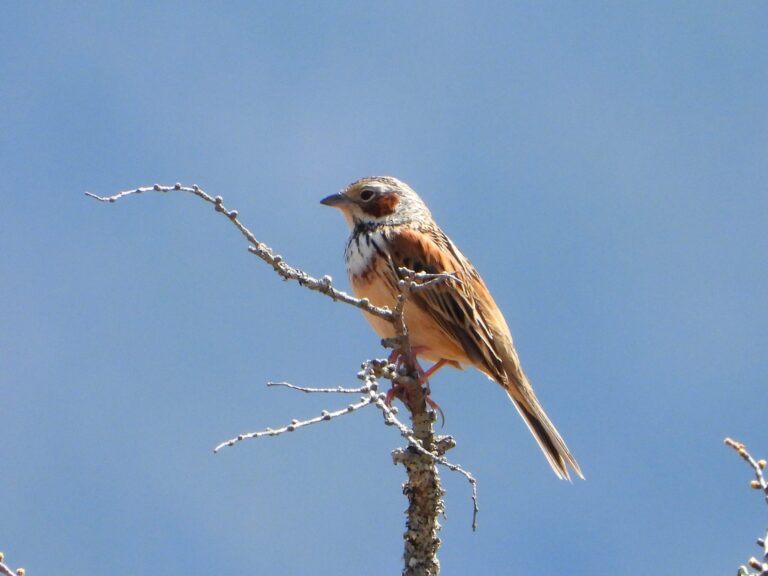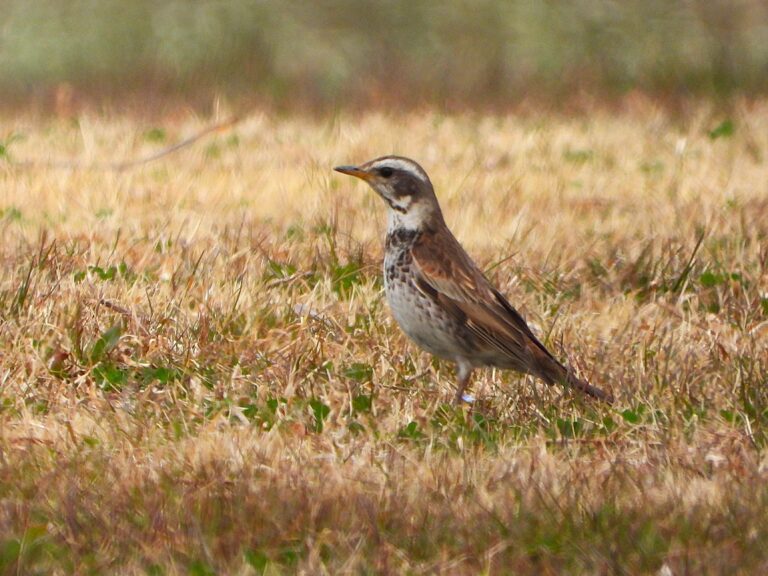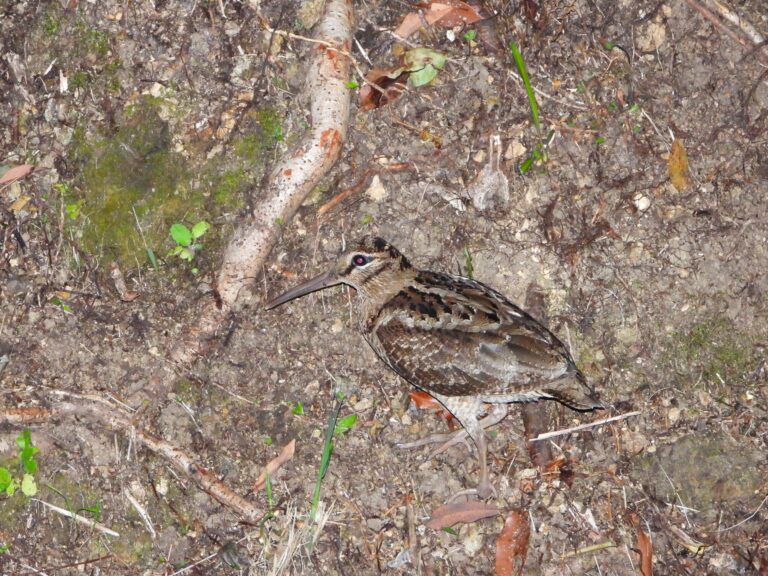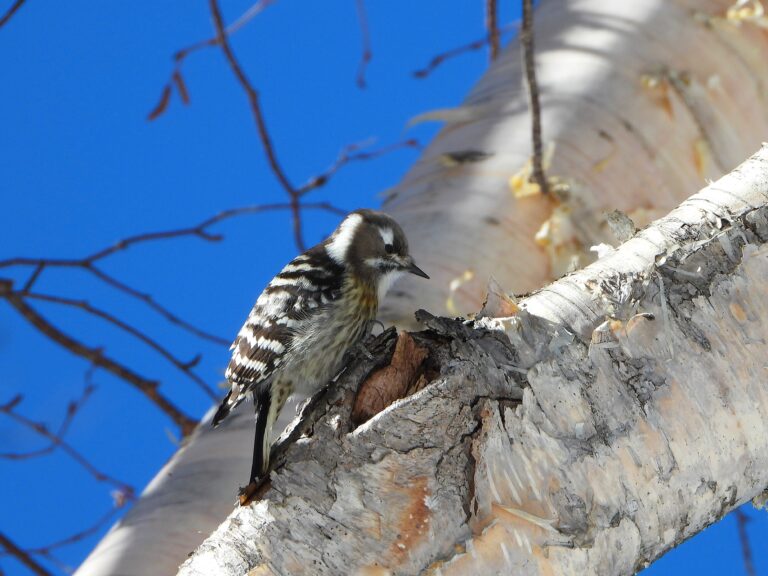Red-flanked Bluetail (Tarsiger cyanurus) – Wildlife of Japan
Introduction
The Red-flanked Bluetail (Tarsiger cyanurus)—known in Japan as Ruribitaki—is a small Old World flycatcher often celebrated as the “blue jewel of the forest.” In Japan, bright blue males appear in high-altitude forests during summer, while in winter the species moves down to lowland parks and shrine groves, where birdwatchers can more easily encounter them.
Appearance
Adults measure about 13–14 cm. Breeding males show vivid cobalt-blue plumage on the head, back, and tail, with white underparts and bright orange flanks. Females and young males are olive-brown above with a bluish tail and the same orange flanks. After the breeding season, even males molt into a duller winter plumage, making them look far less brightly blue than in summer.
Habitat
The species breeds in boreal and montane forests with dense undergrowth, often in mixed coniferous and broadleaf woodland. In Japan it breeds in Hokkaidō and northern Honshū, favoring elevations around 1,500–2,300 meters. From late autumn, birds move to lower forests, parks, and shrines across Honshū, Shikoku, and Kyūshū.
Where to Observation
In Japan, the Red-flanked Bluetail is most easily observed from late autumn through early spring, when it descends to lowlands. During this season, many individuals appear in temple groves, shrines, evergreen thickets, and even quiet urban parks. However, most of the birds seen in winter are females, young males, or adult males in their subdued winter plumage, so the vivid cobalt-blue of breeding males is rarely visible. To see the striking blue coloration, birdwatchers must visit high-altitude breeding forests in summer, where males sing and defend territories. Whether in winter thickets or summer mountains, listening for the soft “tacc” call and watching for the quick tail flick are the most reliable ways to find this elusive bird.
Behavior
The Red-flanked Bluetail often keeps low in shadowy thickets, flicking its tail while perched. It performs short sallies to catch insects on the ground or in the air. Its call is a thin “tacc,” while the breeding song is a delicate, high-pitched warble.
Diet
In spring and summer it feeds mainly on insects and spiders. In autumn and winter, berries and small seeds become important food sources, helping the species endure colder habitats where invertebrates are scarce.
Reproduction
Breeding occurs from late May to July, occasionally into August at higher elevations. The female builds a cup nest on or near the ground—at tree roots, on banks, or beneath fallen logs. A typical clutch contains 4–6 eggs, incubated for about two weeks. Both parents feed the young, which fledge around two weeks after hatching.
Conservation
The Red-flanked Bluetail is listed as Least Concern on the IUCN Red List. It has a broad distribution across Eurasia and generally stable populations, with some evidence of range expansion in parts of Europe.
Author’s Impression
A flash of blue in a dim winter wood always feels a little magical, even when the plumage is muted in winter dress. I also encounter this species while walking through high-altitude forests in summer; as someone who loves mountain climbing, meeting a brilliantly blue male on a trail has become a small but reliable source of comfort during long ascents.
